Turtles have fascinated humans for centuries with their ancient lineage, distinctive appearance, and gentle demeanor. While many people dream of keeping these remarkable reptiles as pets, not all turtle species can legally grace our homes. The regulations surrounding turtle ownership extend beyond simple pet restrictions – they reflect complex ecological concerns, conservation efforts, and public health considerations. From endangered species protection to invasive species prevention, the laws governing turtle ownership serve vital purposes in preserving both natural ecosystems and human wellbeing. This article explores the multifaceted reasons why certain turtles are illegal to own, the specific species affected by these regulations, and what responsible pet owners should know before bringing a shelled companion into their lives.
Conservation Status and Endangered Species Protection

Many turtle species face serious threats in the wild, with population numbers declining at alarming rates due to habitat loss, pollution, climate change, and overcollection for the pet trade. The International Union for Conservation of Nature (IUCN) lists numerous turtle species as vulnerable, endangered, or critically endangered, triggering legal protections at international and national levels. When a turtle species receives endangered status under laws like the U.S. Endangered Species Act or through CITES (Convention on International Trade in Endangered Species), ownership becomes heavily restricted or completely prohibited to prevent further depletion of wild populations. Notable examples include the radiated tortoise and the ploughshare tortoise from Madagascar, both critically endangered species that face extinction primarily due to illegal collection for the exotic pet trade. These restrictions aim to give vulnerable populations a chance to recover without the additional pressure of collection for pet markets.
The Illegal Wildlife Trade Crisis
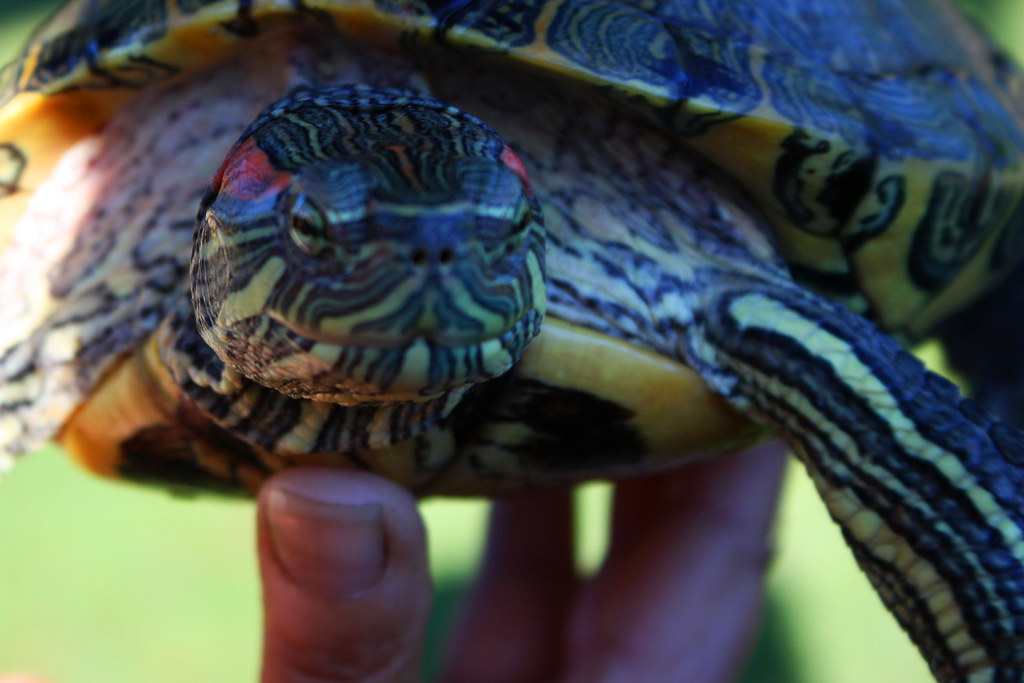
The illicit wildlife trade represents a multi-billion dollar criminal industry that threatens biodiversity worldwide, with rare turtles and tortoises among the most trafficked animals on the planet. Smugglers often target the rarest and most endangered species precisely because their scarcity drives up black market prices, creating a vicious cycle where increased rarity leads to increased demand. Many illegally obtained turtles suffer tremendously during transportation, with mortality rates sometimes exceeding 50% as animals are packed tightly in suitcases, boxes, or containers without adequate food, water, or ventilation. Law enforcement agencies worldwide work to combat this trade, but the lucrative nature of rare turtle trafficking makes it persistent despite serious criminal penalties including substantial fines and imprisonment for offenders. Purchasing illegally sourced turtles, even unknowingly, not only violates the law but directly contributes to the exploitation and potential extinction of vulnerable species.
Public Health Concerns and Salmonella Risk
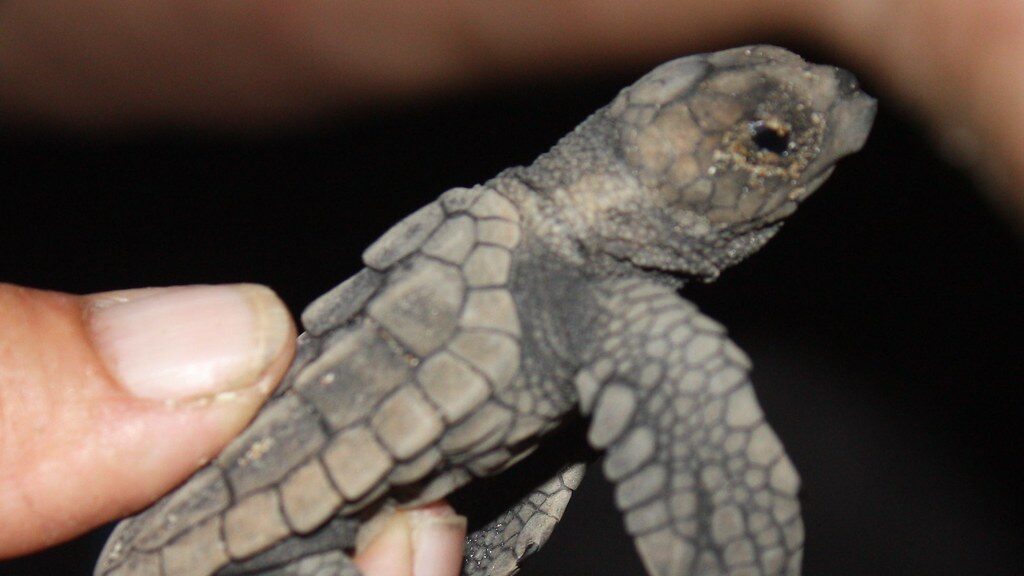
Health considerations form another critical dimension of turtle ownership restrictions, particularly regarding small turtles and the risk of Salmonella transmission. Since 1975, the U.S. Food and Drug Administration has banned the sale of turtles with shells smaller than four inches in length precisely because of the public health threat they pose, especially to children. Small turtles naturally carry Salmonella bacteria on their shells, skin, and in their droppings without showing any symptoms themselves, making them silent carriers of a potentially serious infection. Young children, who are more likely to handle small turtles and less likely to practice proper hand hygiene, face particular risk of contracting Salmonellosis, which can cause severe gastrointestinal illness, hospitalization, and in rare cases, death. Despite this longstanding ban, illegal sales of small turtles continue at flea markets, street vendors, and online marketplaces, presenting ongoing enforcement challenges for health authorities.
Invasive Species Concerns
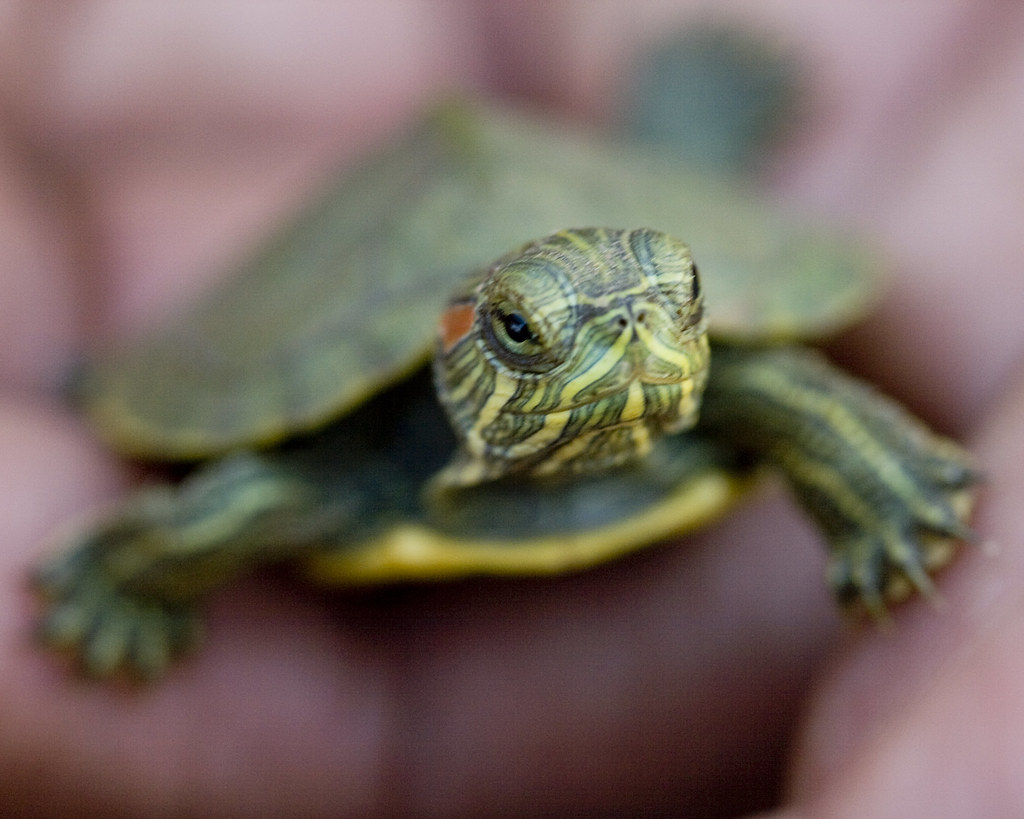
The potential for non-native turtles to become invasive species drives many ownership restrictions, particularly for species known to adapt easily to new environments. The red-eared slider serves as the quintessential cautionary tale in this regard, having established invasive populations on six continents largely due to pet releases. When pet owners release unwanted turtles into local ecosystems, these hardy reptiles can outcompete native species for food, basking spots, and nesting sites, disrupting delicate ecological balances. Some states and countries proactively ban species with high invasive potential before problems occur, applying the precautionary principle to turtle ownership regulations. Beyond ecological disruption, invasive turtles may introduce new diseases or parasites to native wildlife populations, compounding their environmental impact and potentially triggering cascading effects throughout local ecosystems.
Specific Prohibited Species in the United States
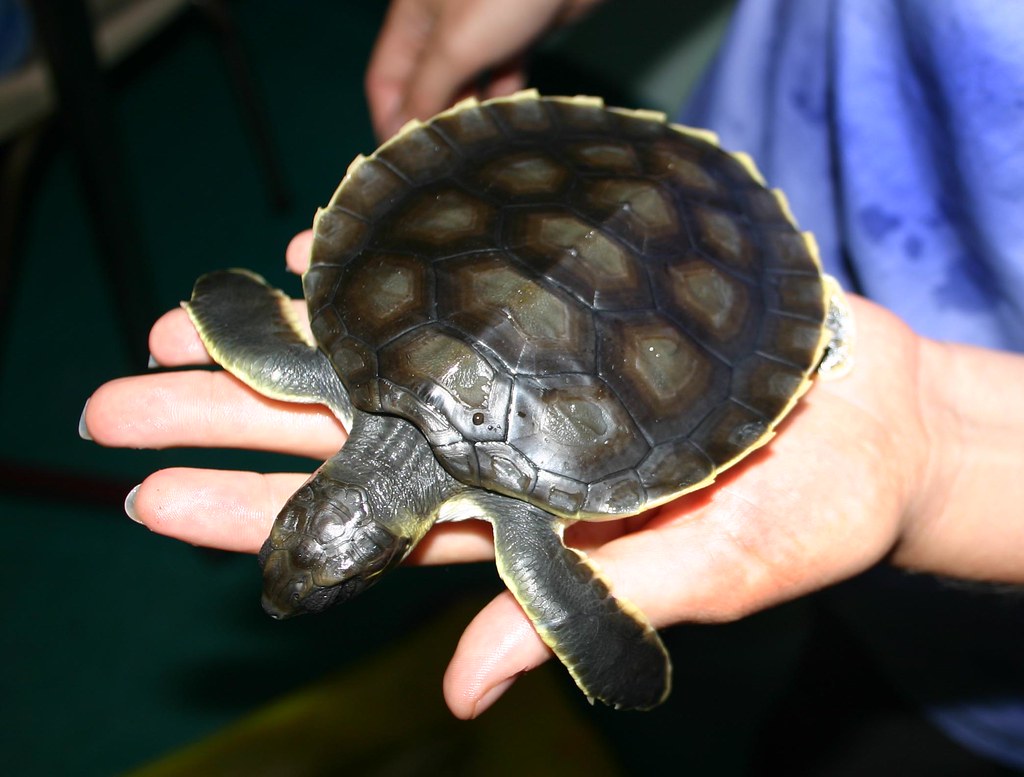
The United States maintains a complex patchwork of federal and state regulations determining which turtle species remain illegal to own throughout the country or in specific regions. At the federal level, all sea turtles (including green, loggerhead, hawksbill, Kemp’s ridley, olive ridley, flatback, and leatherback species) receive protection under both the Endangered Species Act and the Marine Mammal Protection Act, making their possession universally illegal without special permits. The alligator snapping turtle faces varying restrictions across different states, with some jurisdictions banning ownership entirely due to conservation concerns for this impressive prehistoric-looking species. The Blanding’s turtle, recognized by its bright yellow throat and domed shell, receives protection in most states within its range as populations continue declining due to habitat fragmentation and road mortality. Additionally, several box turtle species face ownership restrictions in particular states as authorities work to protect declining wild populations from collection pressure.
International Regulations and CITES
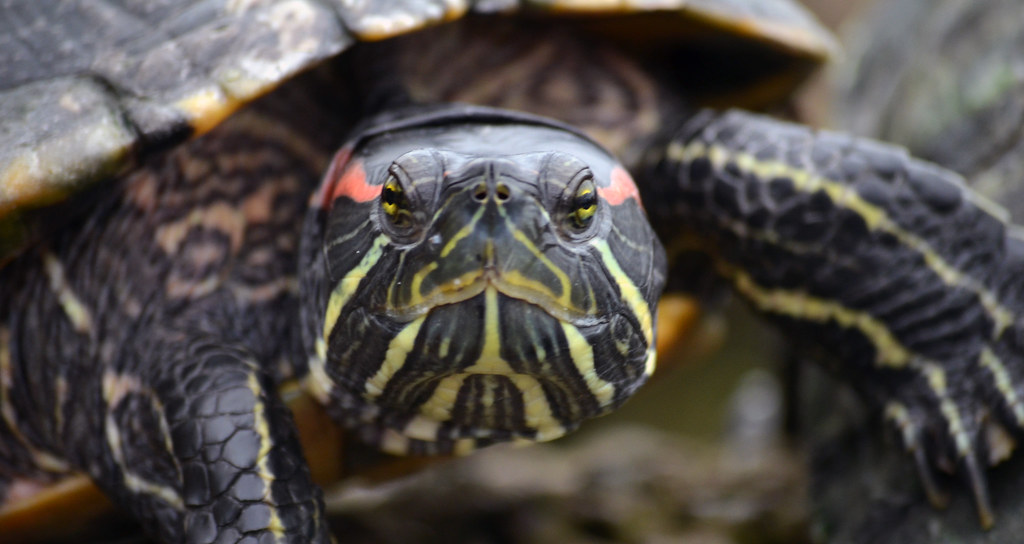
The international trade of turtles faces stringent regulation through CITES (Convention on International Trade in Endangered Species of Wild Fauna and Flora), a global agreement designed to ensure wildlife trade doesn’t threaten species survival. CITES categorizes protected species into three appendices based on their conservation status and trade threat level, with Appendix I offering the strongest protections by essentially prohibiting all commercial international trade. Many turtle species appear on CITES Appendix I, including all sea turtles, the radiated tortoise, ploughshare tortoise, and numerous Asian box turtles, making international transport and trade of these animals illegal without exceptional circumstances and special documentation. Even for species listed under the less restrictive Appendices II and III, proper export permits and certificates of origin must accompany any international shipment to verify legal acquisition and sustainable harvesting. Countries that have signed the CITES agreement (currently 183 nations) commit to enforcing these regulations through their domestic legal systems, though implementation strength varies considerably between jurisdictions.
The Asian Turtle Crisis
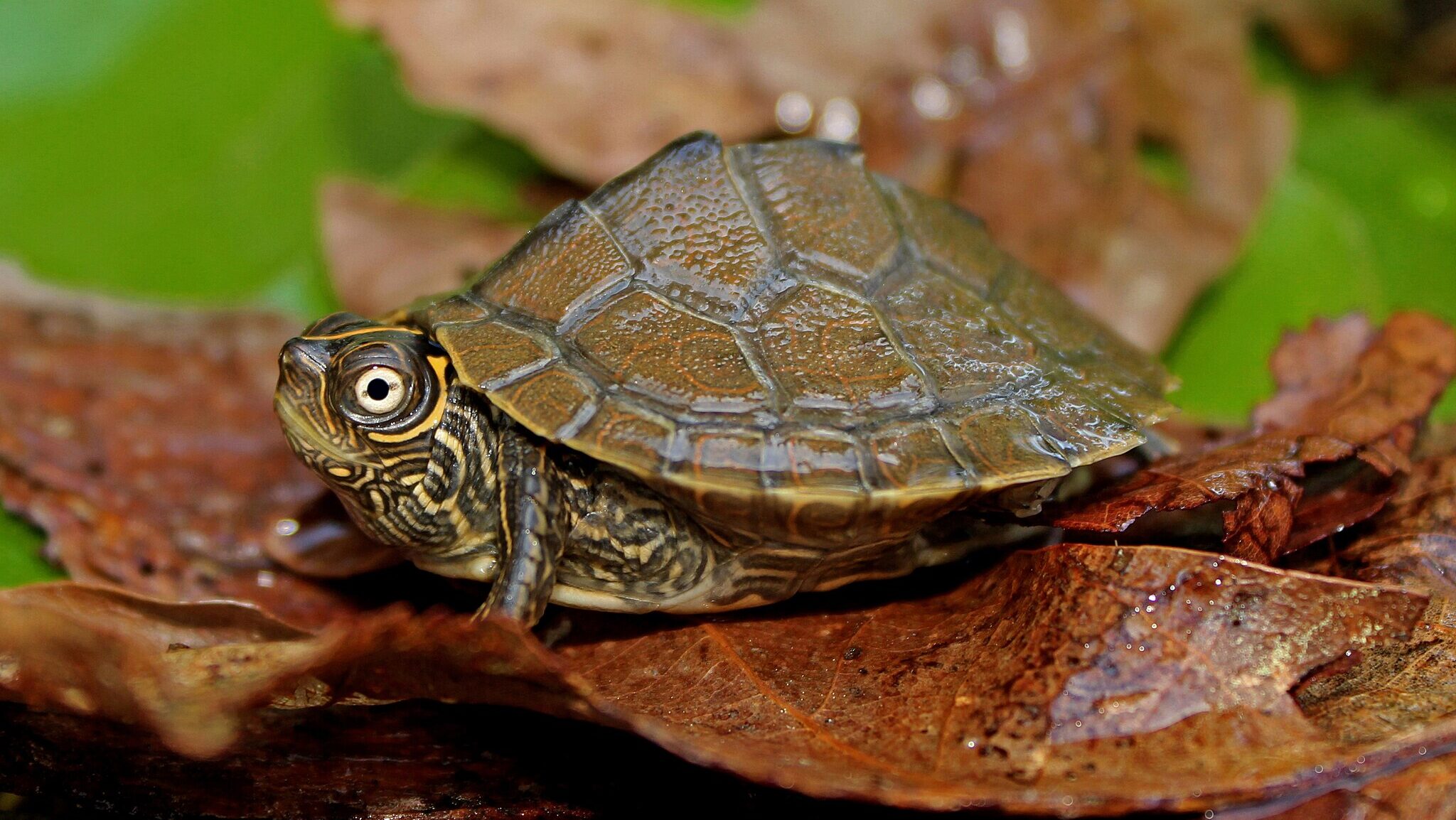
A particularly severe conservation emergency known as the “Asian Turtle Crisis” has prompted stringent ownership restrictions for numerous Asian turtle species across the globe. This crisis stems from overwhelming collection pressure fueled by demand for turtles in food markets, traditional medicine, and the international pet trade throughout East and Southeast Asia. Iconic species like the three-striped box turtle, the golden coin turtle, and various pond turtles face catastrophic population declines, with some species losing over 90% of their wild populations in just a few decades. International and national regulations now prohibit or severely restrict ownership of many Asian turtle species as conservationists race against time to establish assurance colonies and captive breeding programs for the most threatened species. The severity of this situation has led some experts to describe Asian turtles as potentially the most endangered vertebrate group on the planet, with numerous species facing imminent extinction without immediate intervention.
State-Specific Turtle Regulations
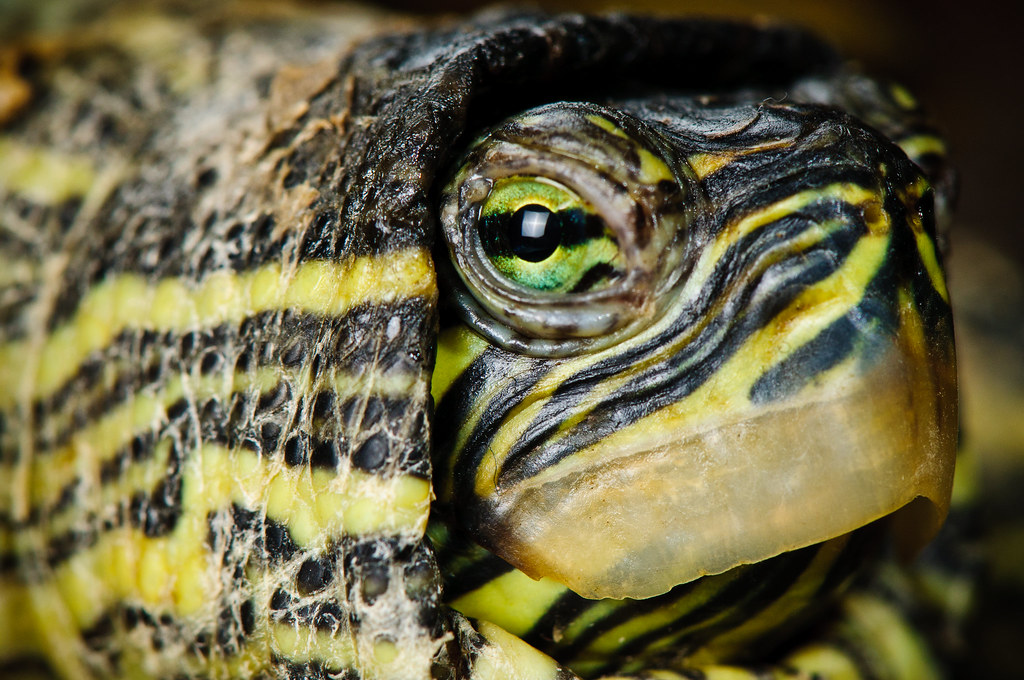
Beyond federal protections, individual states implement their own turtle ownership laws, creating a complex regulatory landscape that varies dramatically across the United States. Florida, with its suitable climate for many turtle species, maintains particularly strict regulations, prohibiting the personal possession of numerous native species and requiring permits for many others to protect both local ecosystems and native populations. California bans the sale of all live turtles with shells under four inches and restricts ownership of several non-native species, including red-eared sliders in some circumstances, due to invasive species concerns. New York has implemented comprehensive regulations protecting most native turtles while requiring permits for certain species, reflecting the state’s commitment to wildlife conservation despite its highly urbanized areas. Turtle enthusiasts must research their specific state laws before acquiring any turtle, as penalties for illegal possession can include substantial fines, confiscation of the animal, and in extreme cases involving endangered species trafficking, criminal charges leading to imprisonment.
Enforcement Challenges and Pet Industry Impact
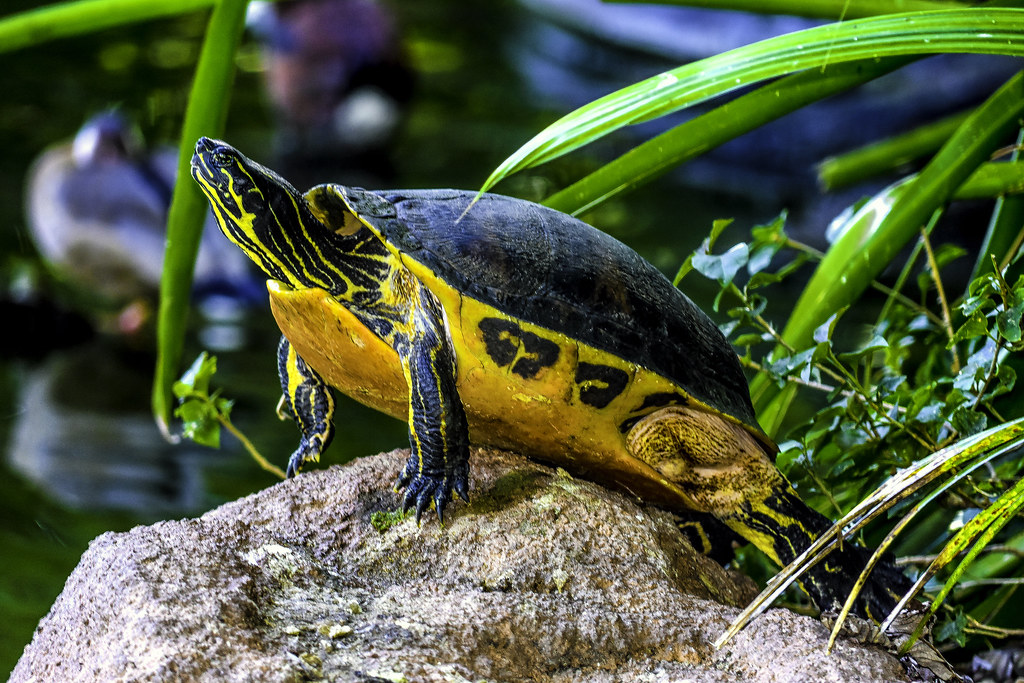
Enforcing turtle ownership restrictions presents significant challenges for wildlife authorities across jurisdictions, especially given limited resources and the often-private nature of pet keeping. Identification difficulties compound enforcement problems, as many protected turtle species closely resemble legal alternatives, requiring specialized knowledge that most law enforcement officers lack without specific training. The legitimate turtle pet industry has adapted to these restrictions by focusing on captive-bred specimens of legal species, with responsible breeders developing sustainable populations of permitted species that reduce pressure on wild populations. Online marketplaces have transformed the landscape of illegal turtle trading, creating new enforcement hurdles as transactions occur across jurisdictional boundaries and animals ship through postal or courier services without adequate inspection capabilities. Despite these challenges, wildlife protection agencies continue developing innovative approaches to combat illegal turtle trafficking, including international cooperation, specialized training for customs officials, and partnerships with legitimate pet industry stakeholders.
Legal Alternatives for Turtle Enthusiasts
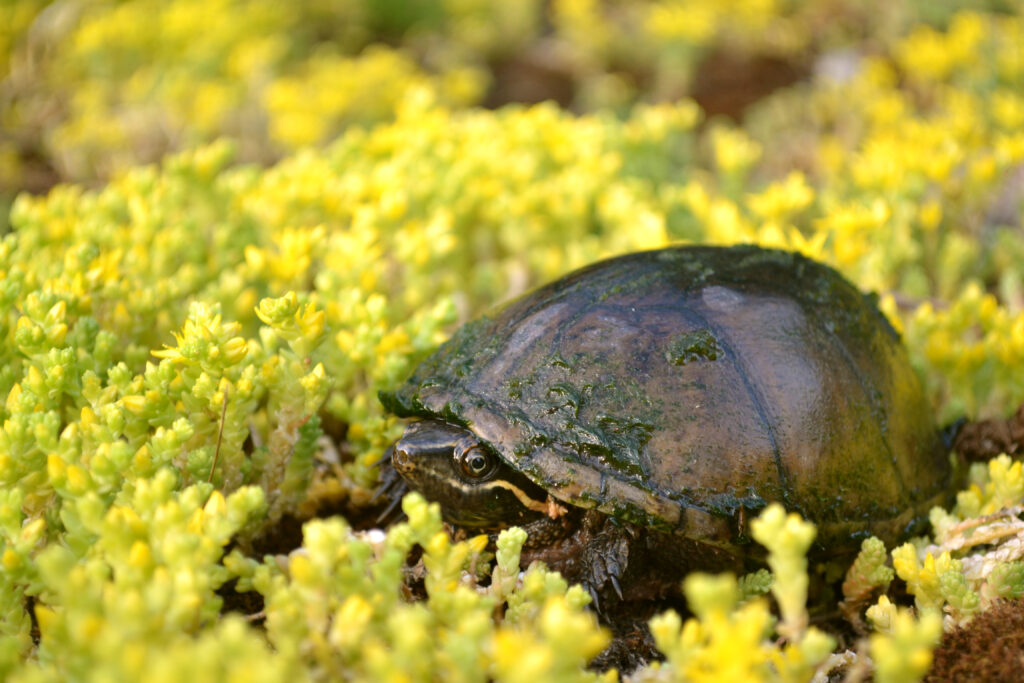
For reptile lovers drawn to turtles, numerous legal species remain available through responsible channels, offering the rewards of turtle keeping without contributing to conservation problems or breaking the law. The eastern box turtle, while protected in many states where it occurs naturally, can often be legally obtained as a captive-bred specimen with proper documentation in states outside its native range, though prospective owners should verify local regulations. Several species of mud and musk turtles, including the common musk turtle (also called the stinkpot) and the razorback musk turtle, make excellent pets for experienced keepers while facing fewer regulatory restrictions than many other turtle groups. For those interested in larger species, the red-footed tortoise and yellow-footed tortoise from South America remain legal in most jurisdictions when obtained from reputable captive breeding programs with proper documentation. Responsible turtle enthusiasts should always verify the legality of their desired species in their specific location, purchase only from reputable sources that provide documentation of captive breeding or legal acquisition, and prepare for the significant long-term commitment these long-lived reptiles represent.
Consequences of Illegal Turtle Ownership
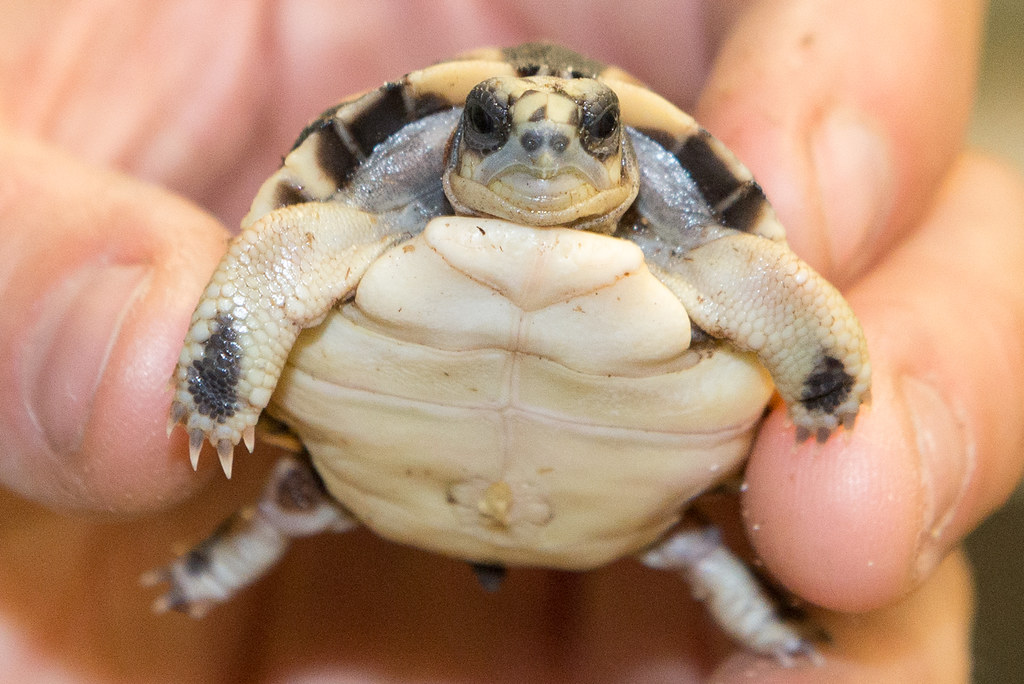
The penalties for possessing prohibited turtle species can be surprisingly severe, reflecting the serious conservation and public health concerns underlying these regulations. Federal violations involving endangered species can trigger penalties under the Endangered Species Act, potentially including fines up to $50,000 and/or imprisonment for up to one year per violation, with each illegally owned turtle potentially constituting a separate offense. State penalties vary widely but often include substantial fines, mandatory forfeiture of the animals, and possible criminal charges depending on the circumstances and species involved. Beyond legal consequences, illegal turtle ownership creates significant welfare concerns for the animals themselves, which frequently suffer from improper care when kept by owners unaware of their specialized needs or unable to access proper veterinary care for prohibited species. The confiscation process also creates challenges for wildlife authorities who must find appropriate placements for seized turtles, often straining the limited resources of rescue organizations, zoos, and sanctuaries that take in these animals.
The Role of Responsible Pet Ownership
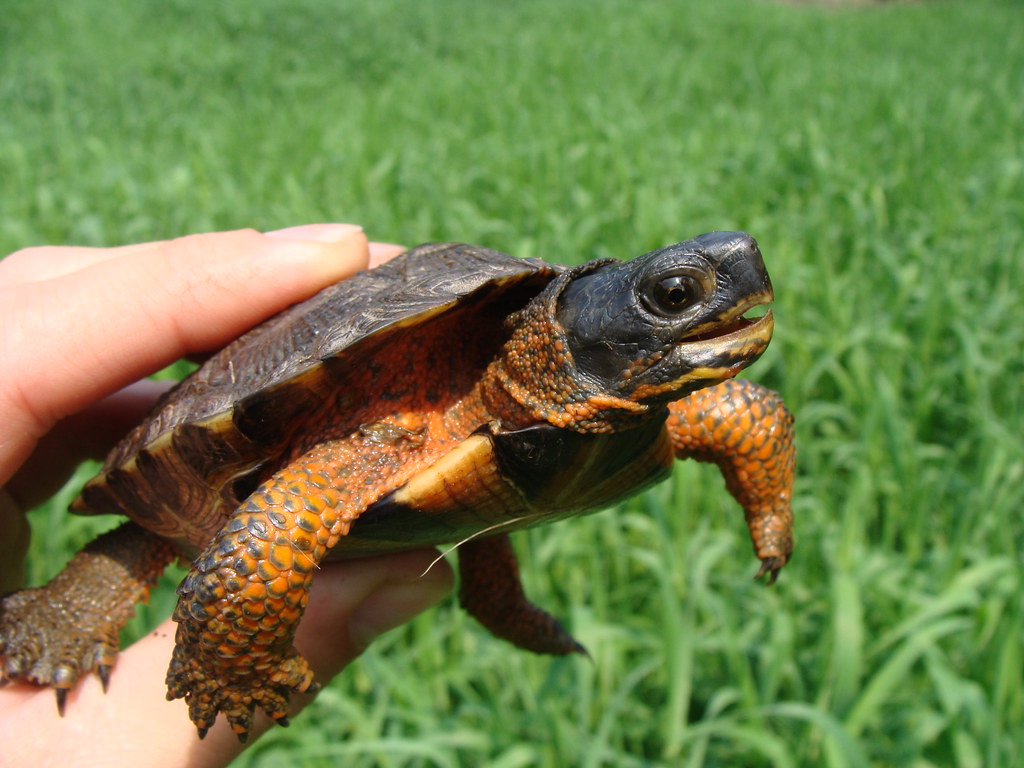
Ethical turtle keeping begins with thorough research into both the legality of a desired species and its specific care requirements before acquisition. Responsible owners commit to the potentially decades-long lifespan of their shelled companions, recognizing that many turtle species routinely live 30-70 years with proper care, representing a commitment potentially spanning generations. Proper documentation matters tremendously in turtle keeping, with ethical owners maintaining records of legal acquisition, including breeder information, purchase receipts, and any required permits or licenses. Perhaps most critically, responsible turtle keepers never release unwanted pets into the wild under any circumstances, instead finding appropriate new homes through reptile rescues, qualified private adopters, or zoological institutions when they can no longer provide care. By embracing these principles, turtle enthusiasts can enjoy these fascinating reptiles as pets while contributing positively to conservation efforts rather than undermining them.
Conservation Success Stories and Future Outlook
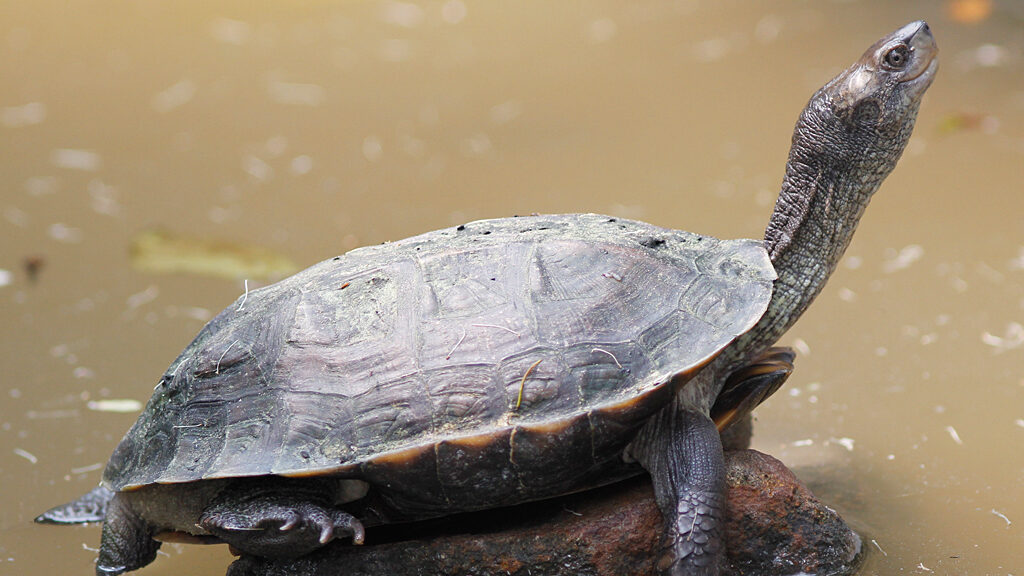
Despite the many challenges facing turtle conservation, several success stories demonstrate how effective regulations and conservation initiatives can positively impact threatened populations. The North American wood turtle, once heavily collected for the pet trade, has seen population stabilization in several regions following the implementation of ownership restrictions and habitat protection measures. International collaboration has yielded promising results for critically endangered species like the Burmese star tortoise, which has benefited from coordinated captive breeding programs and protected reintroduction sites, offering a model for other endangered chelonians. Looking forward, emerging technologies like microchipping, DNA testing, and isotope analysis offer new tools for verifying the legal origins of captive turtles and distinguishing wild-caught from captive-bred specimens. Conservation organizations, government agencies, and responsible segments of the pet industry increasingly work together on sustainable solutions that balance the interests of turtle enthusiasts with the imperative to protect vulnerable species, suggesting a potential path toward more coherent and effective regulations in the future.
The complex web of regulations surrounding turtle ownership ultimately serves critical purposes in wildlife conservation, ecosystem protection, and public health. For the conscientious animal lover, understanding these restrictions represents not just a legal obligation but an ethical responsibility to ensure our fascination with these remarkable reptiles doesn’t contribute to their decline. By respecting the laws protecting vulnerable turtle species, supporting legitimate conservation breeding programs, and committing to proper care for legal species, turtle enthusiasts can enjoy these ancient creatures responsibly. The future of many turtle species may well depend on finding this balance between human interest and environmental stewardship, ensuring these living representatives of prehistoric times continue to thrive both in the wild and in the homes of dedicated, law-abiding keepers for generations to come.


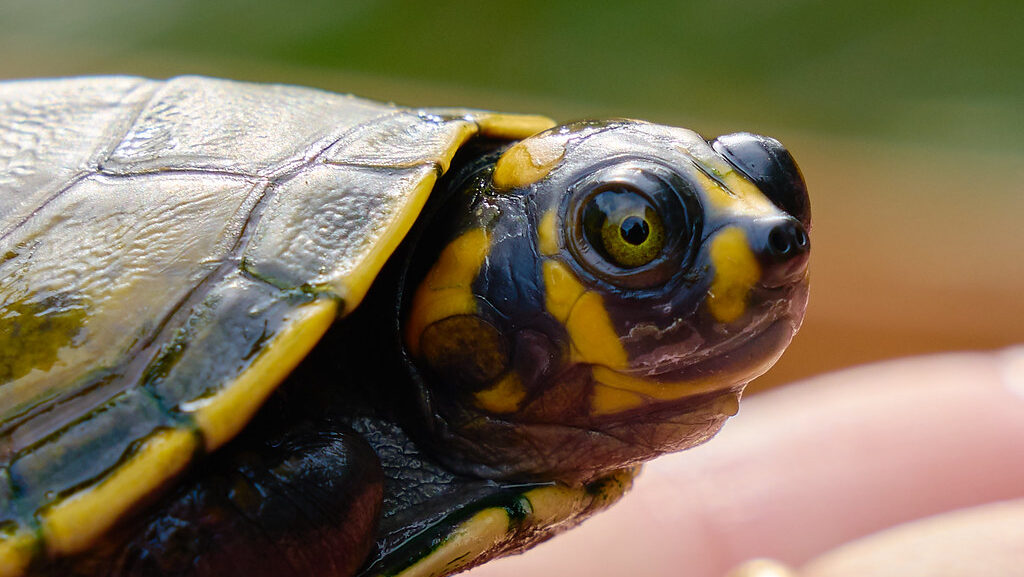
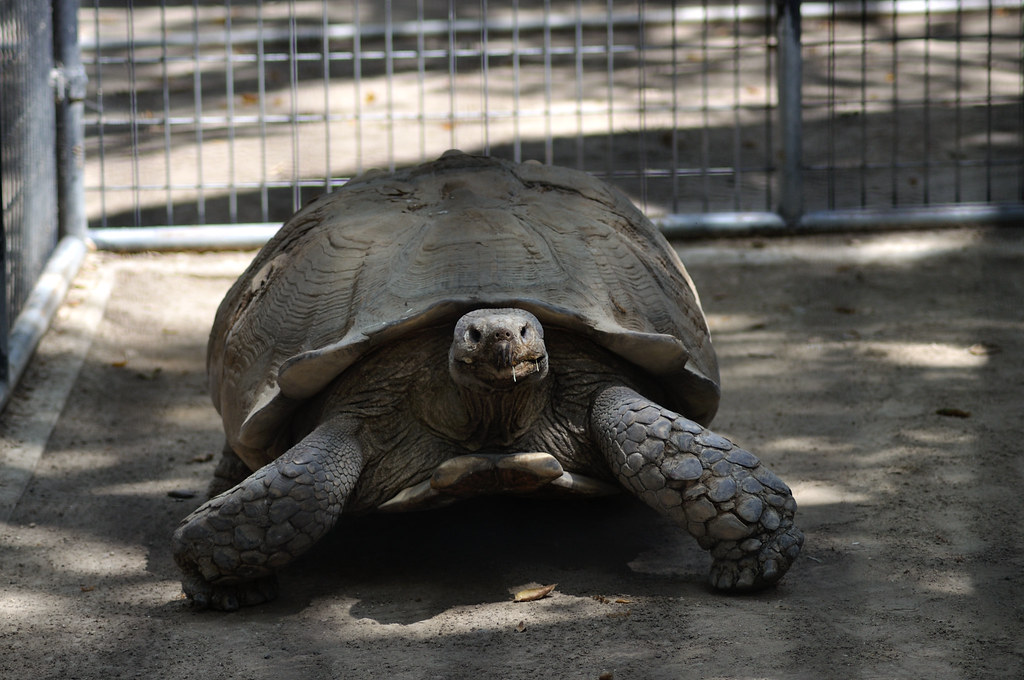
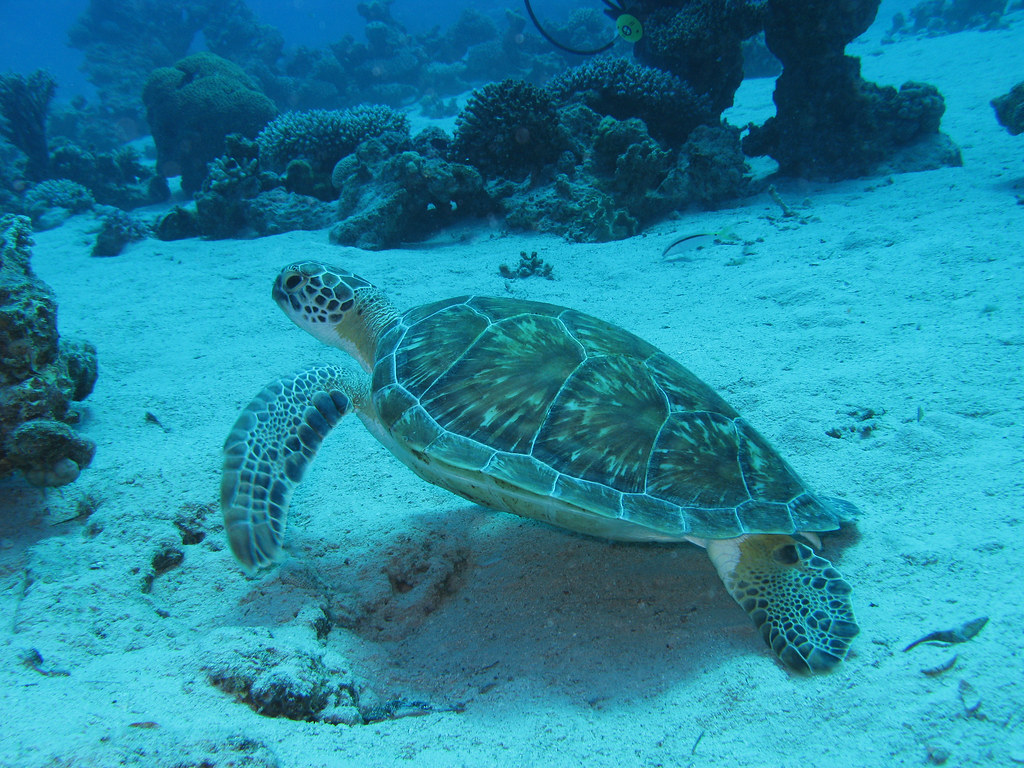
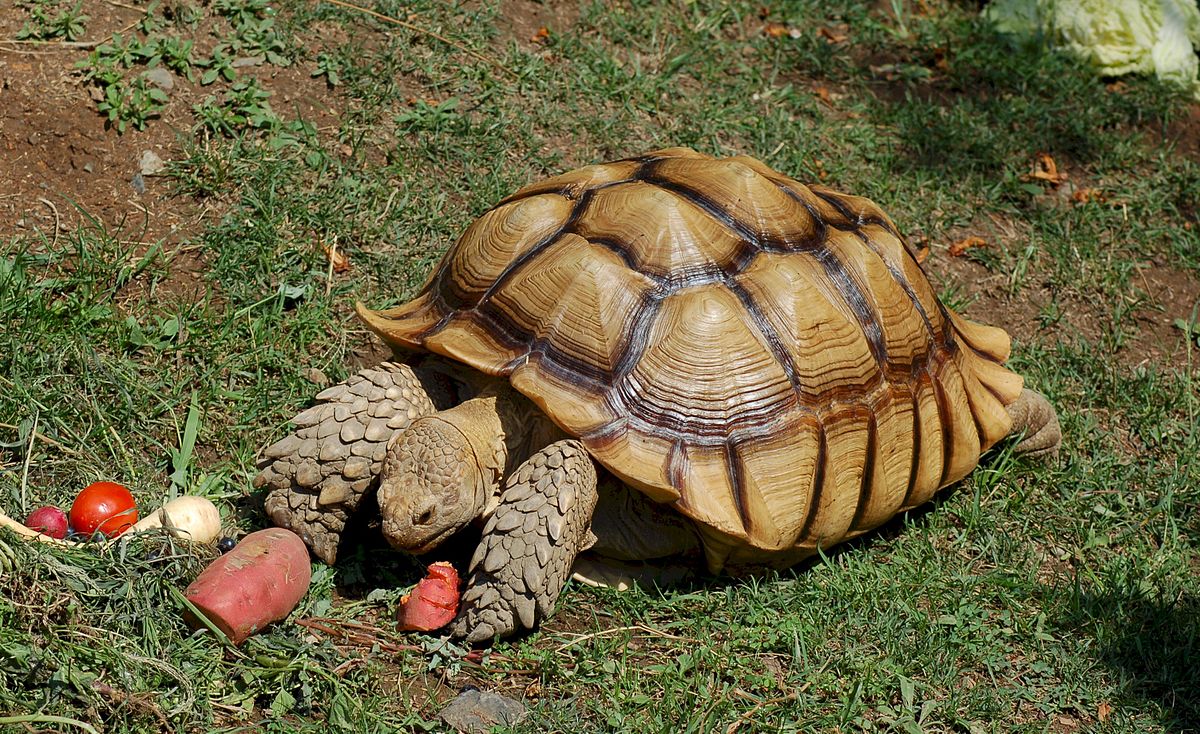
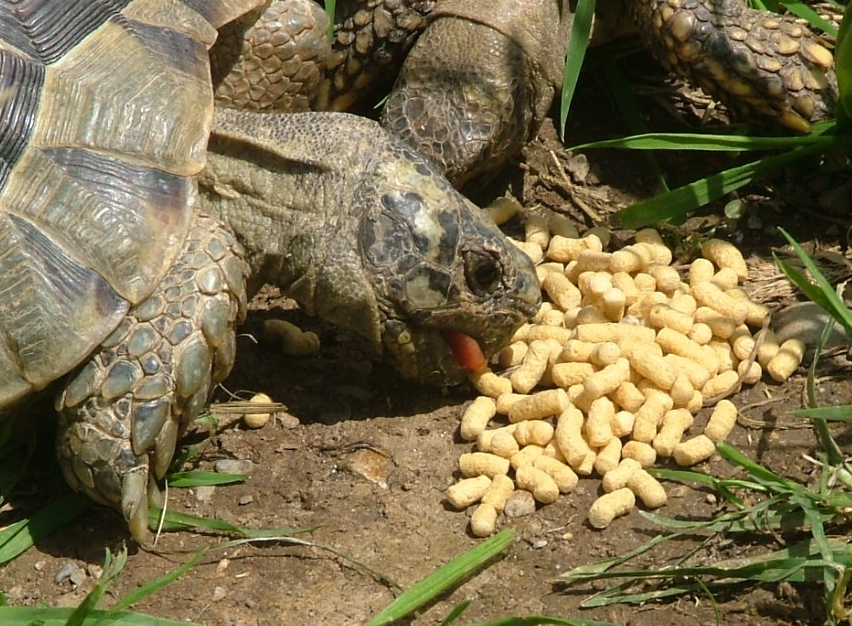



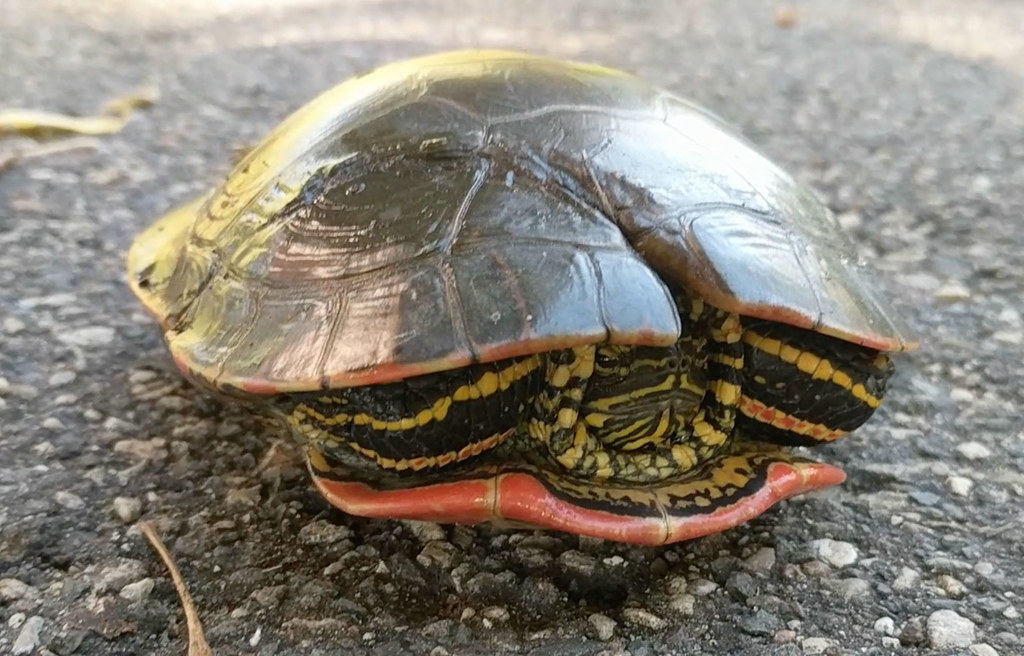
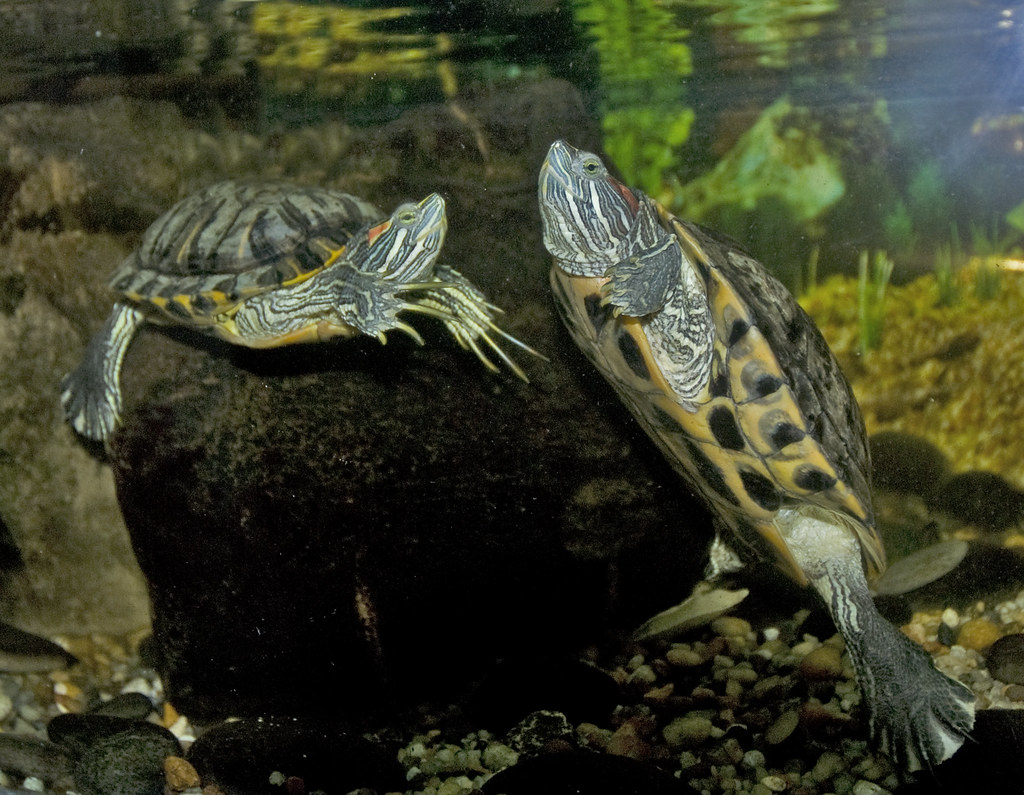




Leave a Reply